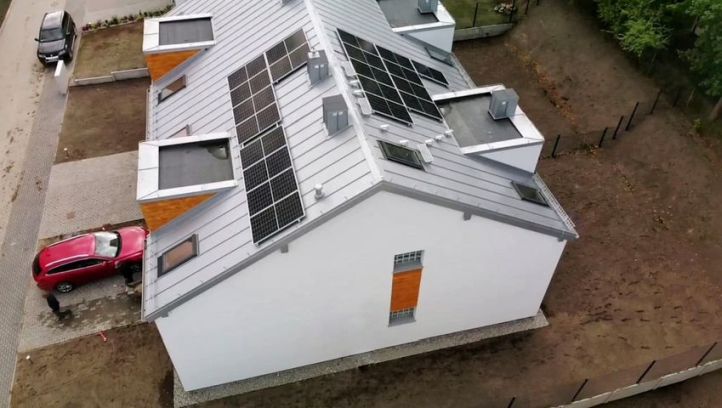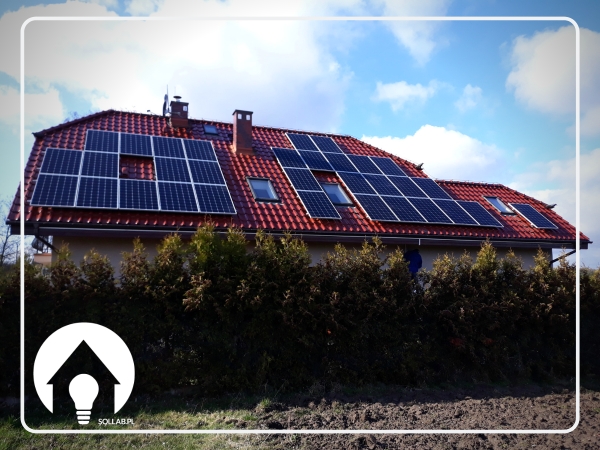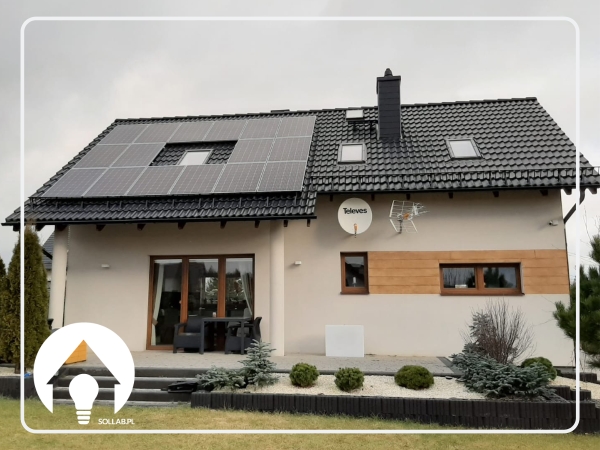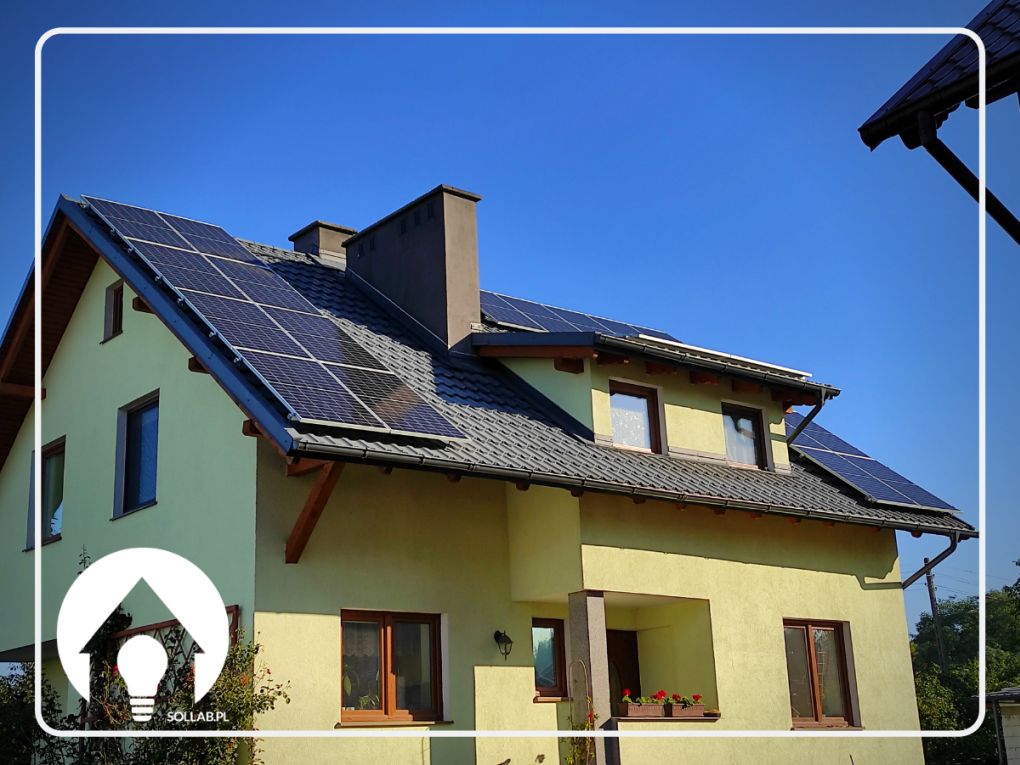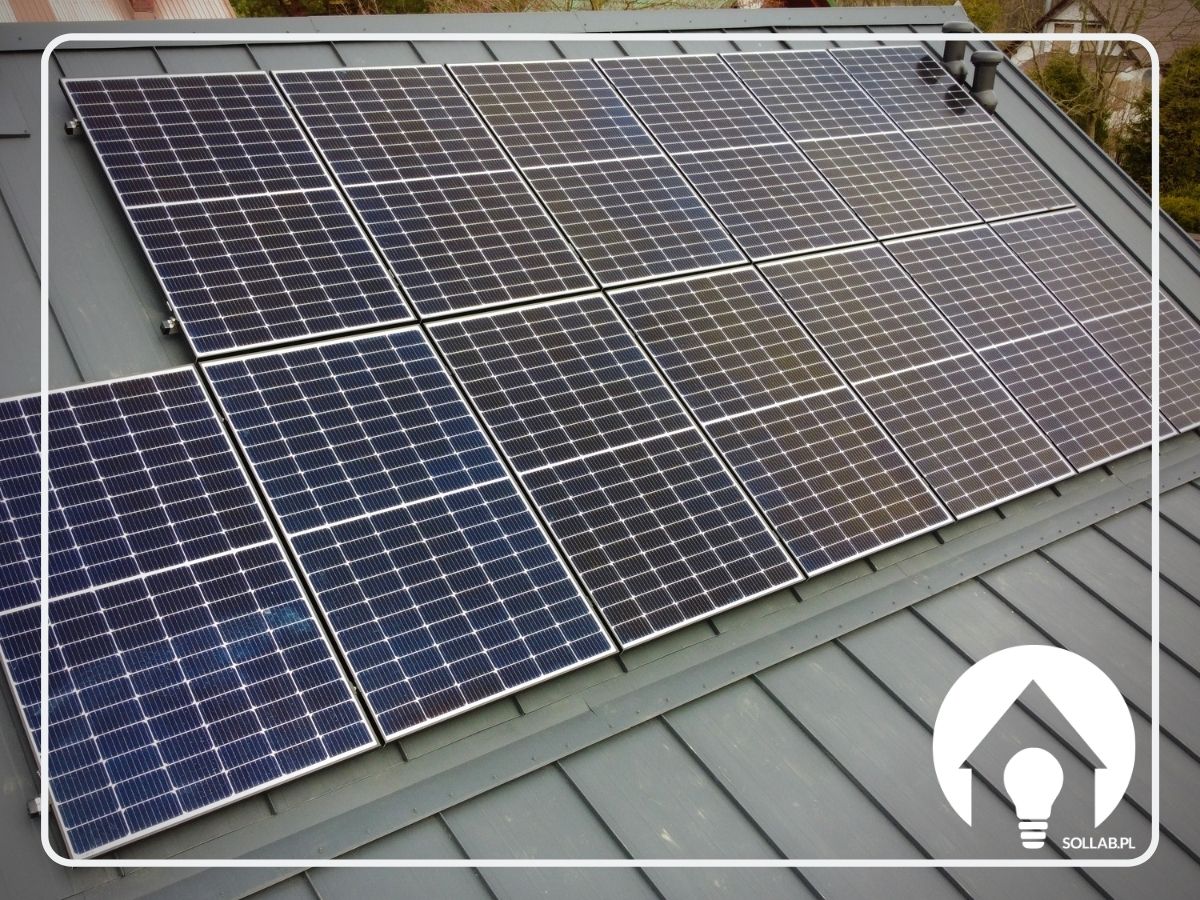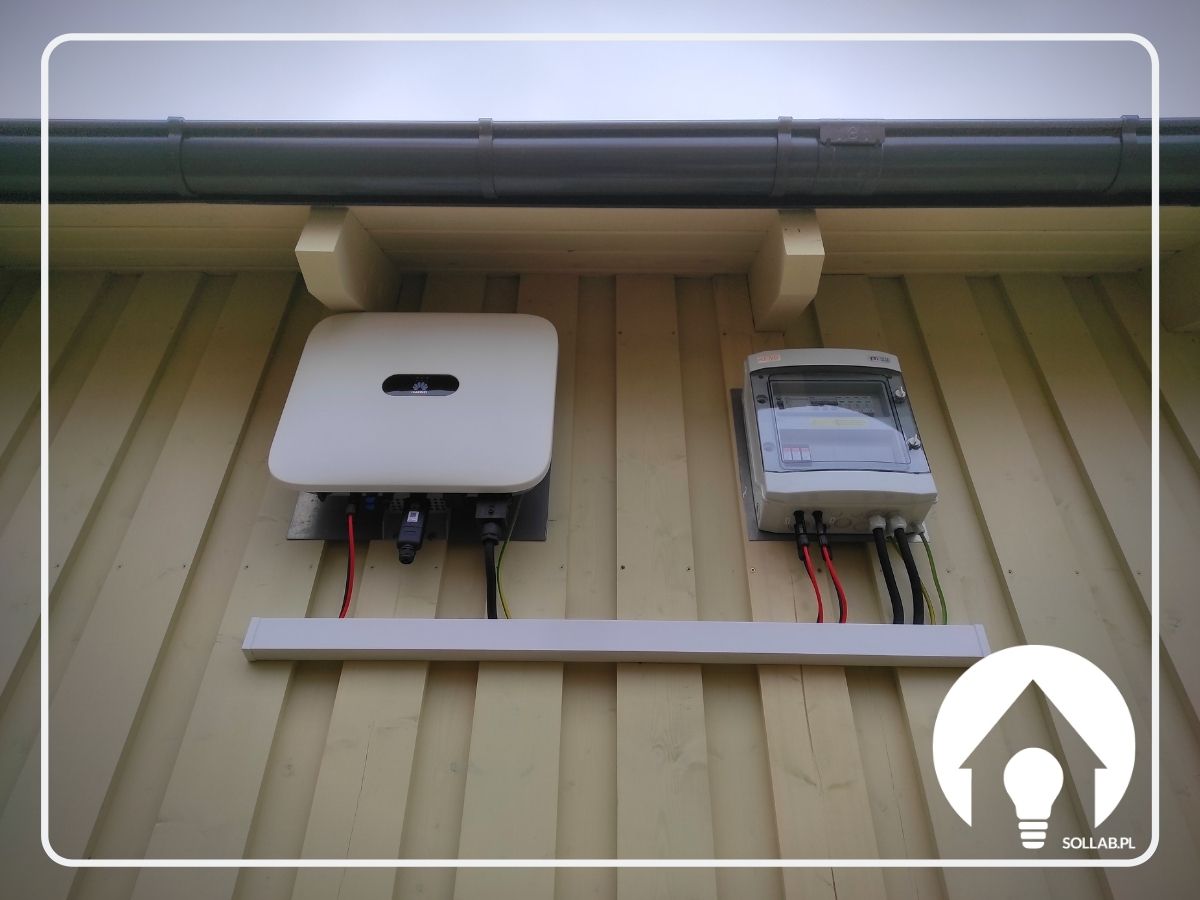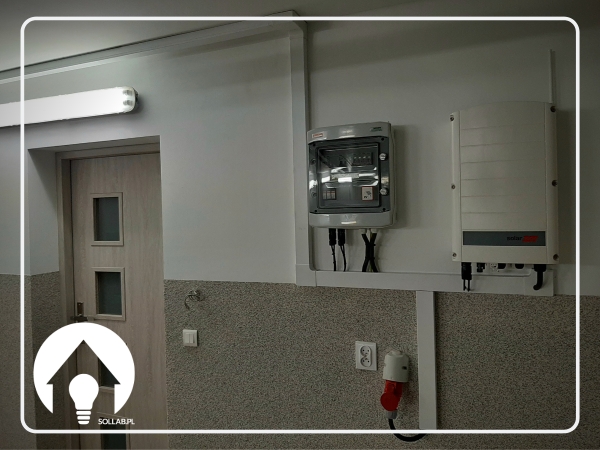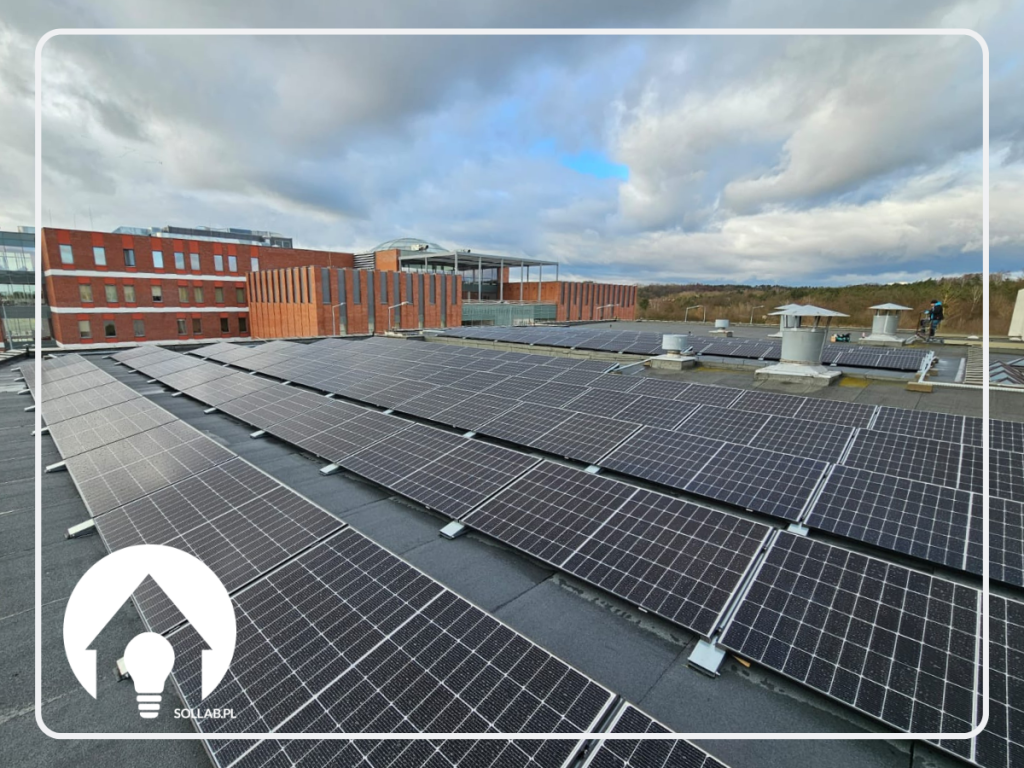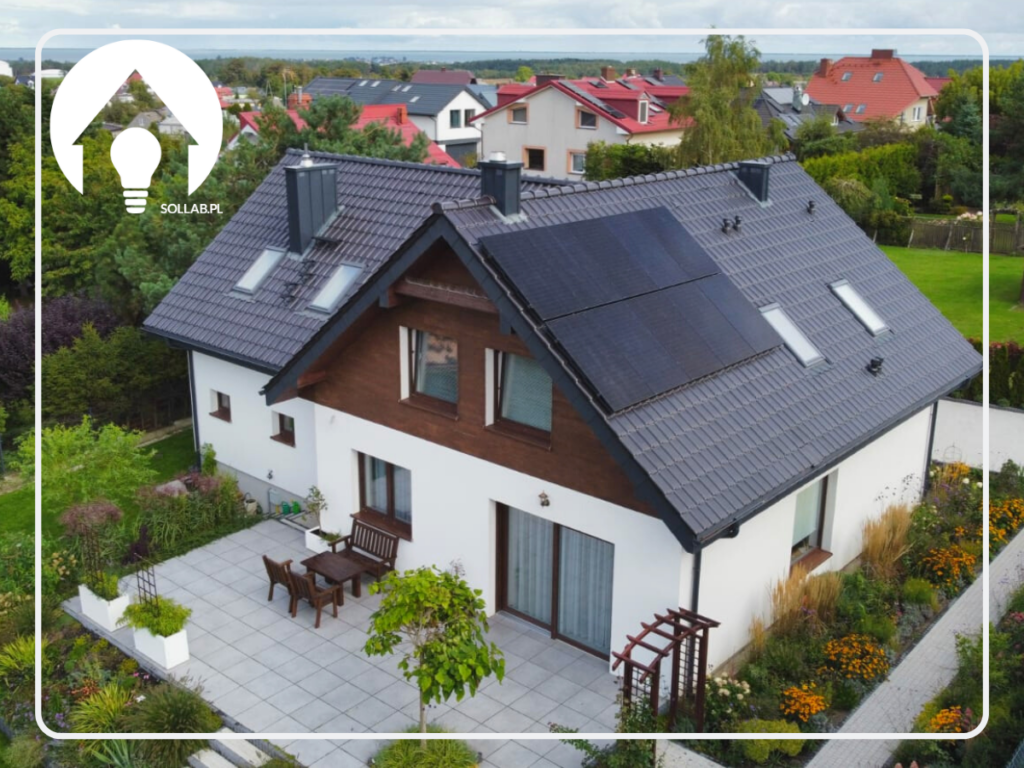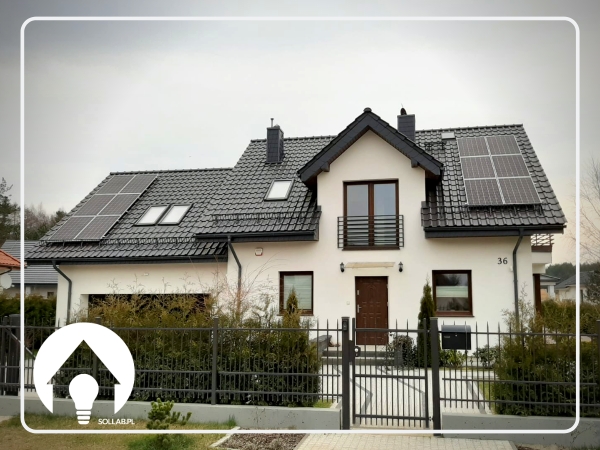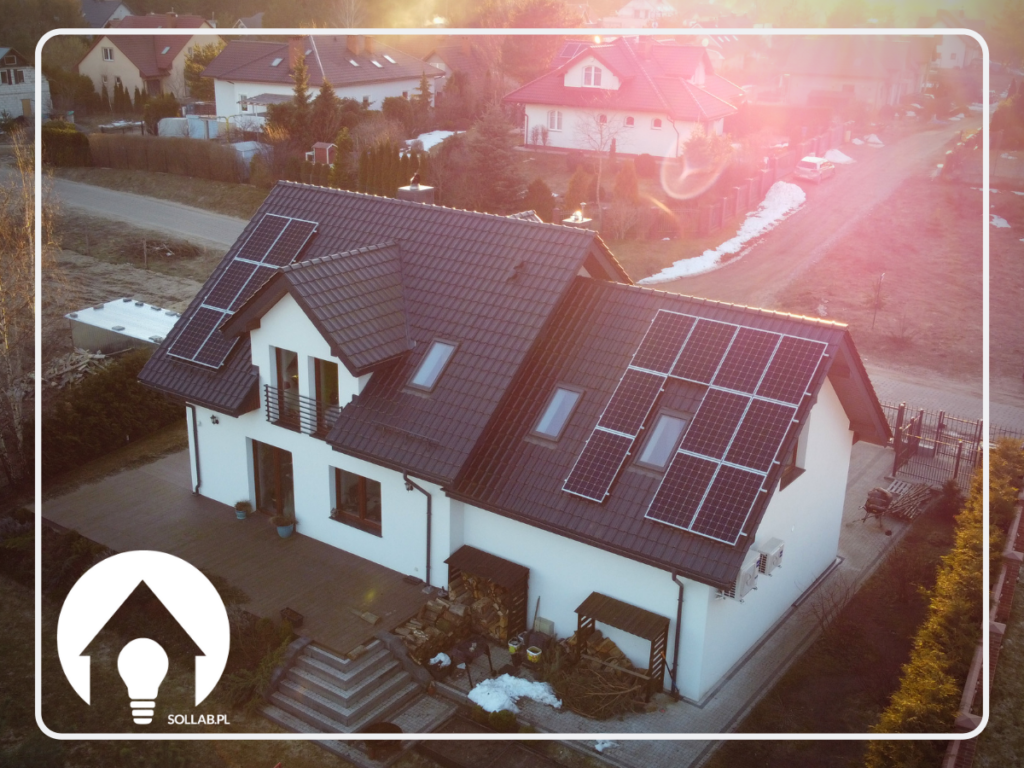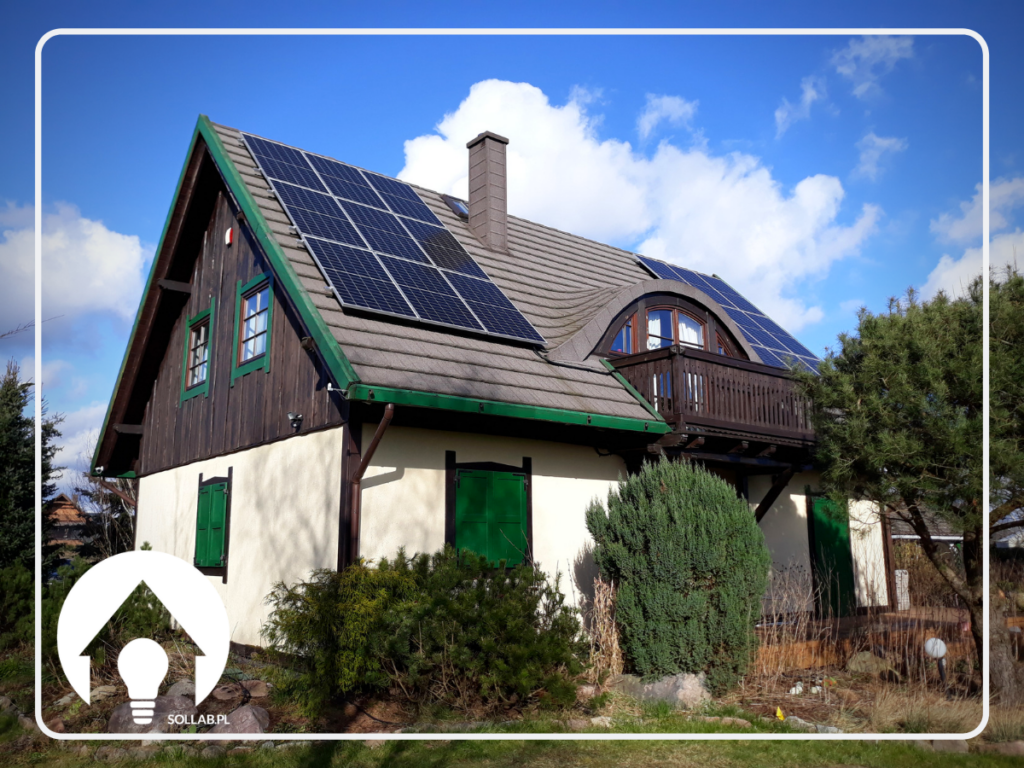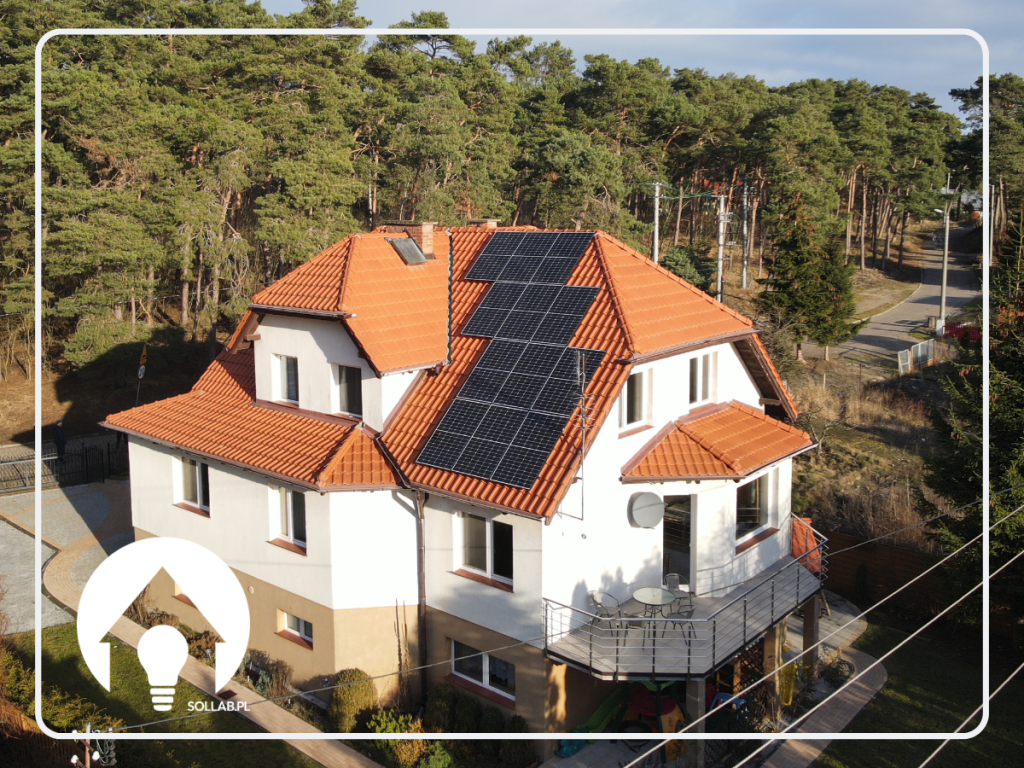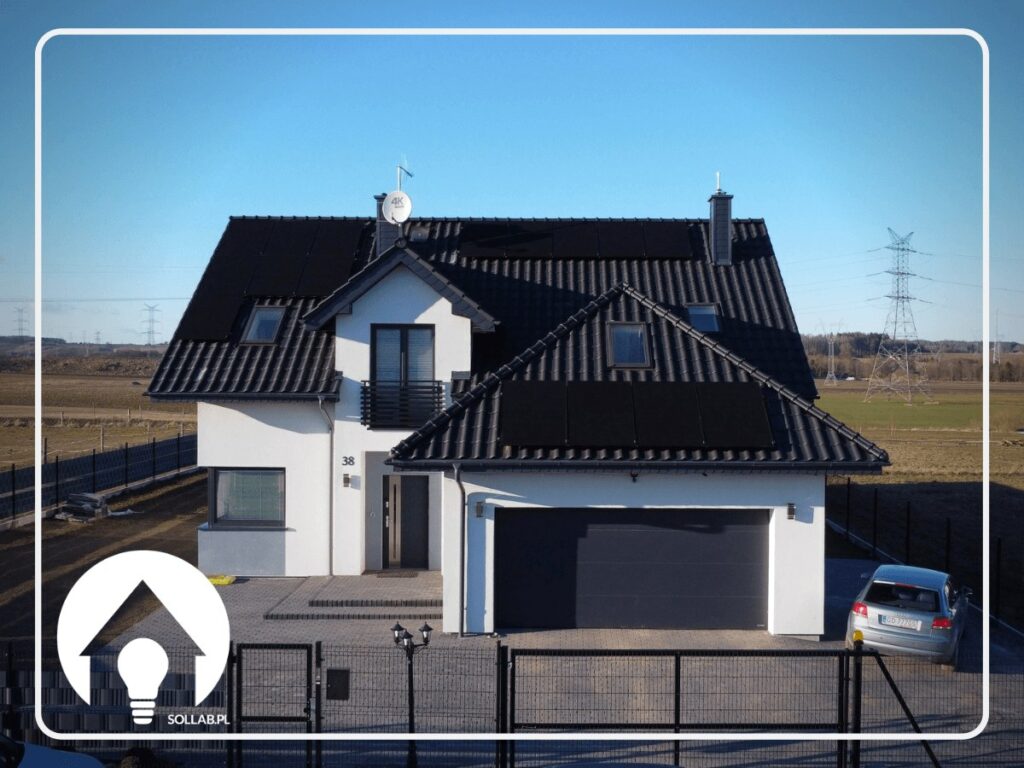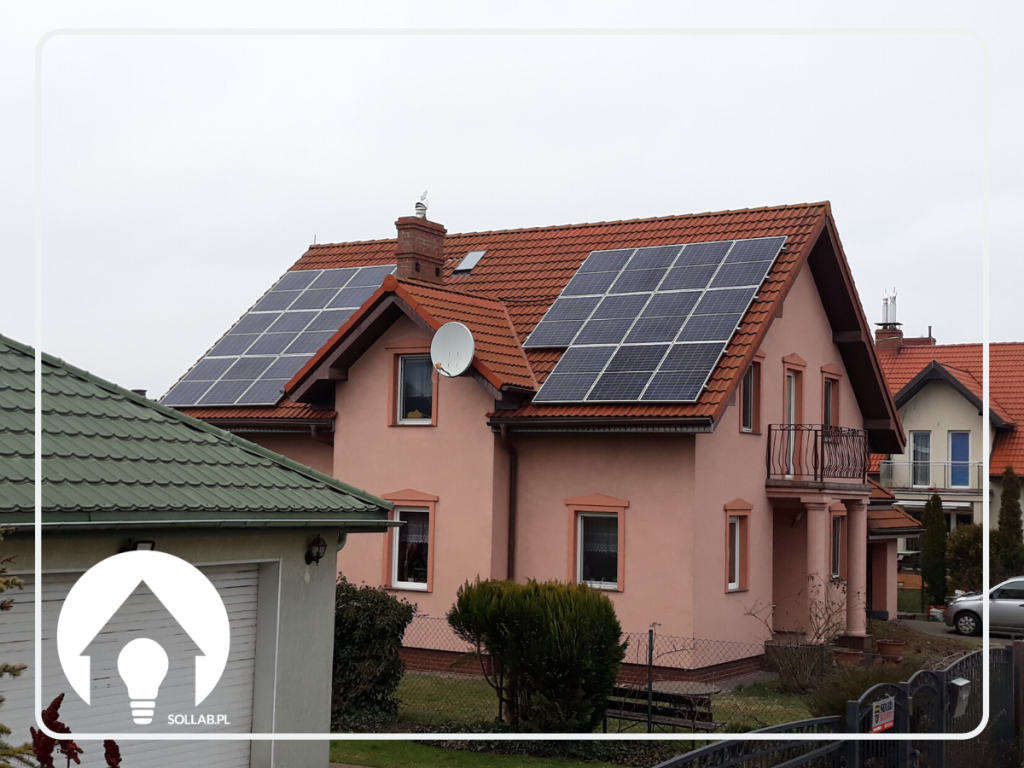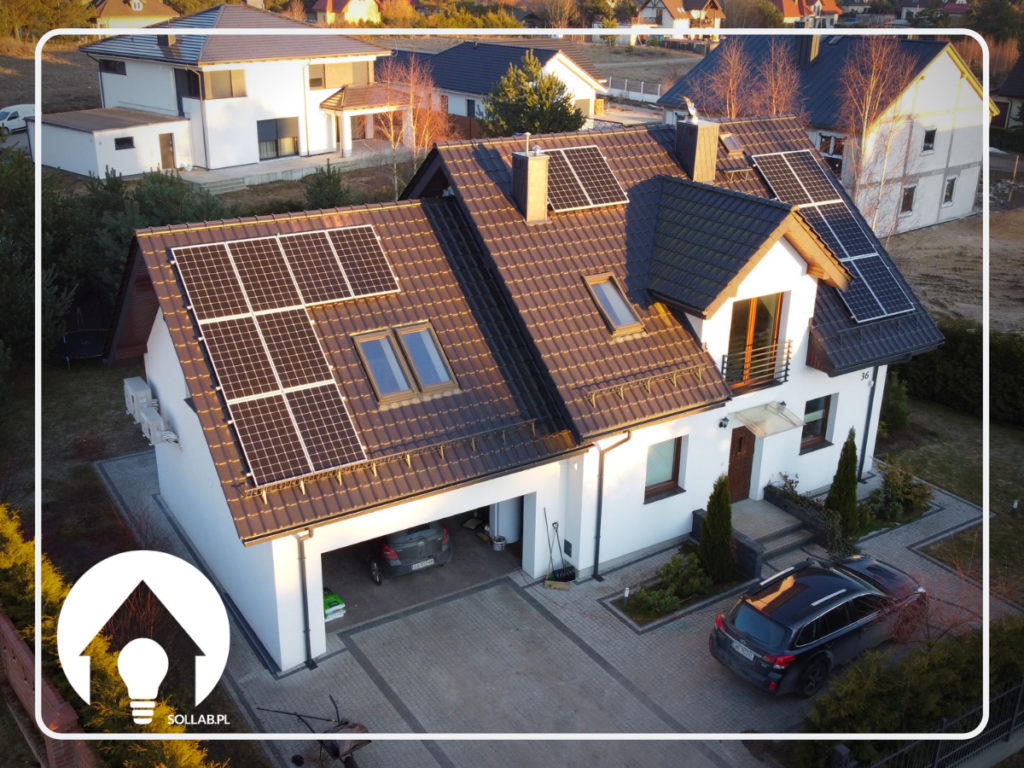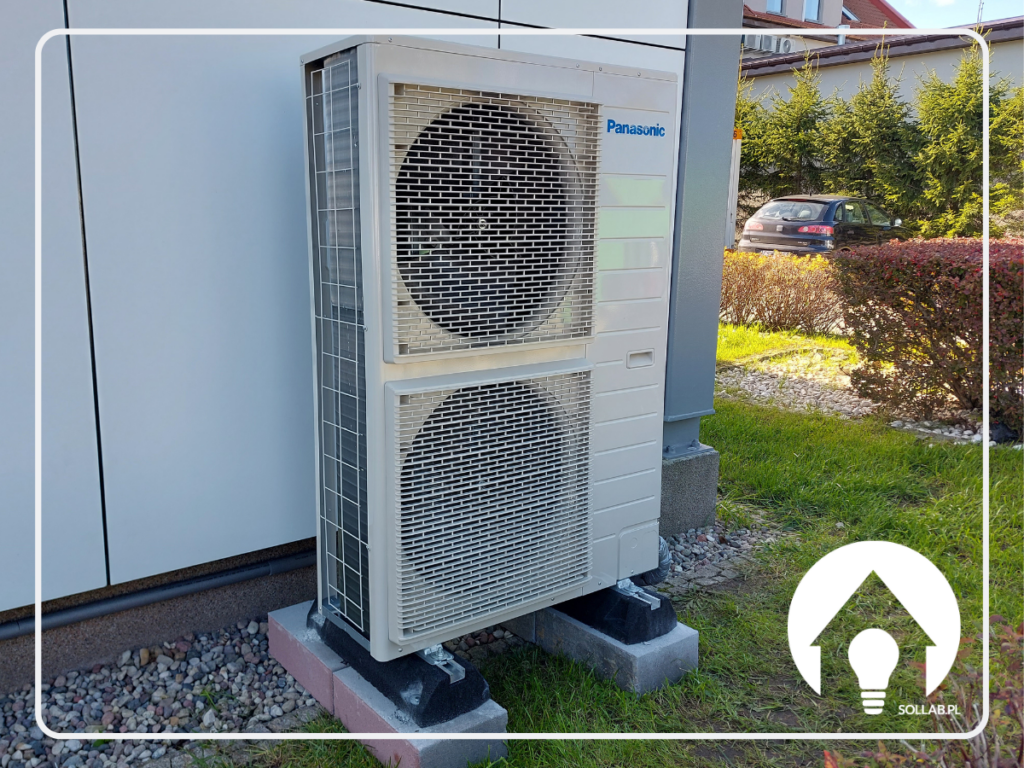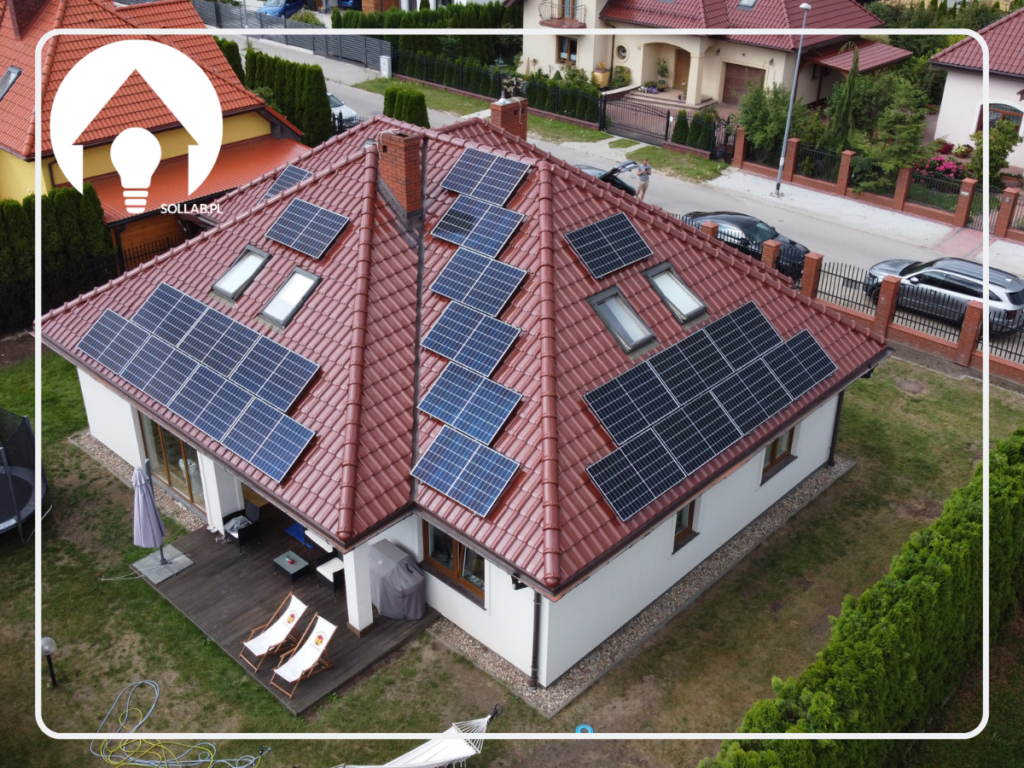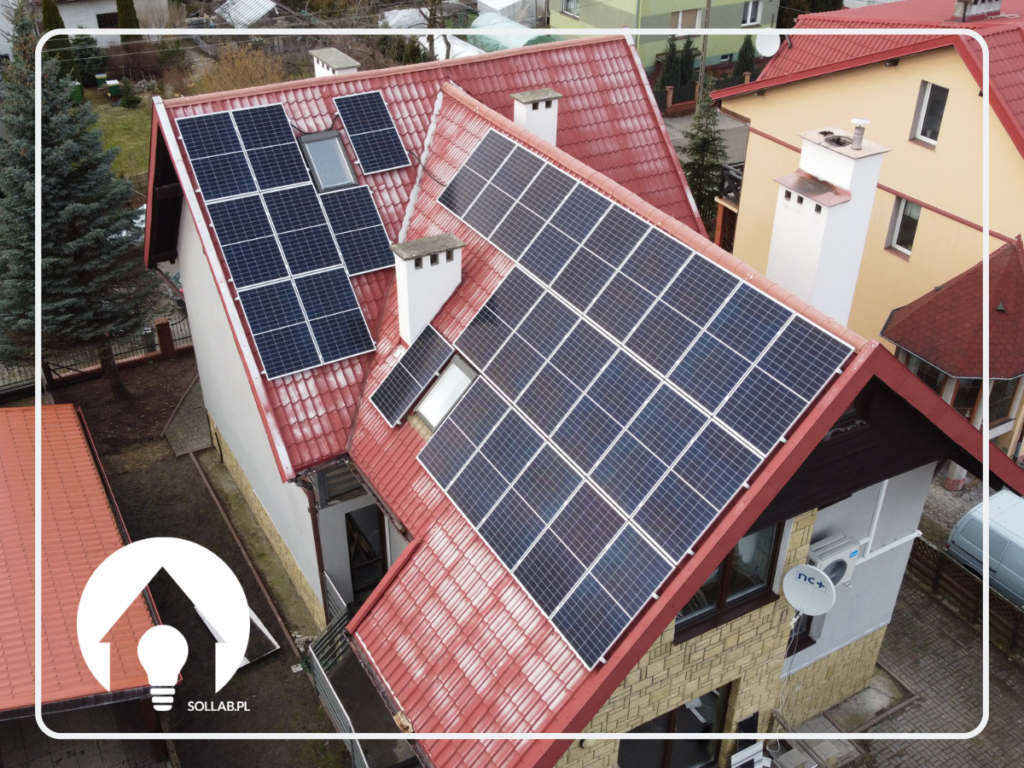Photovoltaics in Bojana are gaining in popularity. Investment in photovoltaic panels with SOLLAB is a guarantee of many years of maintenance-free operation of the photovoltaic installation. Photovoltaics for the residents of Bojan means, above all, savings and independence from electricity price increases.
Photovoltaic panels Bojano - time for ecological solutions
Recently, photovoltaic installations have become increasingly popular. This is not without reason. Photovoltaic systems allow us to save a lot of money, and we can also count ourselves among those who act with concern for our climate. Furthermore, the use of solar panels in a residential building makes it possible to become independent of external electricity suppliers.
Photovoltaics have grown strongly in popularity. You can see more and more houses with photovoltaic panels on the roof, and you can also find a huge number of photovoltaic panels on the ground. The masses of people are probably thinking why this technology has become so successful. It is therefore important to start with how it works.
What are photovoltaic panels? How does photovoltaics work? Bojano
Photovoltaics is basically the use of sunlight to generate electricity. You can use this energy not only to power the various electrical appliances we have at home, but also to heat water or the building we live in.
The main component we need to generate electricity are photovoltaic modules, usually commonly referred to as solar panels. These are usually installed on the roof of the house. In a large proportion of cases, no reinforcement of the roof structure is required - this is only the case for older properties.
In photovoltaic modules, the photovoltaic phenomenon takes place, which involves the transformation of solar energy into direct current. the current is distributed through the cells, which are made of semiconductor material. One of the most commonly used substances for the construction of cells is silicon.
Types of photovoltaic panels in Bojano
Photovoltaic modules are divided into two groups: monocrystalline modules and polycrystalline modules. Monocrystalline modules are characterised by the highest class and performance among all modules. These panels are created from a single silicon crystal. Thanks to their relatively low production costs, monocrystalline modules are among the most popular today. In contrast, the manufacturing process for polycrystalline modules is somewhat simpler. They are formed from pure silicon semiconductors. According to estimates, the efficiency of polycrystalline modules, as opposed to monocrystalline, is 3% lower.
Is a photovoltaic installation environmentally friendly?
Certainly! A photovoltaic installation does not require any additional energy sources, nor does it have a harmful effect on the environment. The main reason why people opt for the installation of photovoltaic panels is that it is 100% ecological and does not involve contamination of the ecosystem.
Is there really anything to fear? What are investors in photovoltaics in Bojano afraid of?
There are a lot of myths being passed around among those potentially interested in photovoltaic installations, which, unfortunately, are often passed from mouth to mouth. What are these myths?
Myth 1: There is not enough sunshine in Poland for the use of photovoltaic panels
This is one of the main myths that is totally not reflected in practice. As long-time specialists in the installation of panels in Bojano, we can strongly deny this. We often hear favourable feedback from our customers, who achieve complete independence from energy suppliers after a few seasons.
In addition, Poland has very similar insolation to Germany, which is the leading country for photovoltaic installations in Europe.
Myth 2: The cost of installation is not recouped, making the investment uneconomic
This is not true. It is possible to find a large number of subsidies and concessions for the installation of photovoltaic panels, so that the costs incurred pay off even faster. In addition, it is important to take into account the fact that every year electricity prices increase and the payback time for the investment decreases.
Myth 3: Photovoltaic panels won't heat your home on a cloudy day
It is a fact that the best weather for a photovoltaic installation is a sunny day. However, on a cloudy day, solar panels will also work. Reduced solar radiation affects the efficiency of the installation, but it does not make the installation inoperable.
See realisations in other cities:



